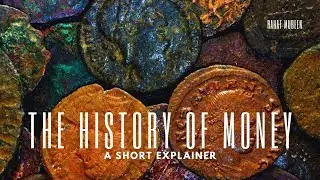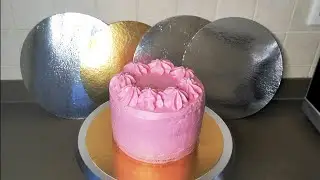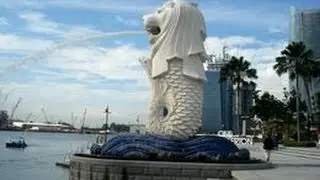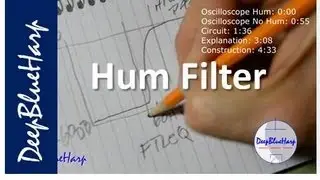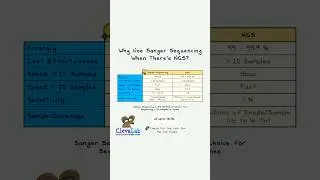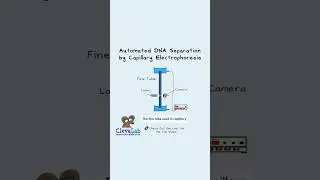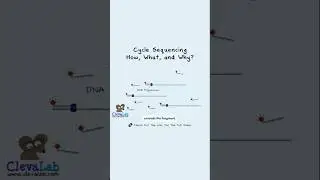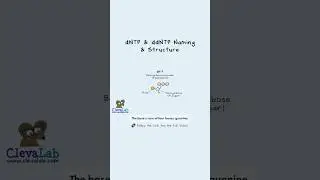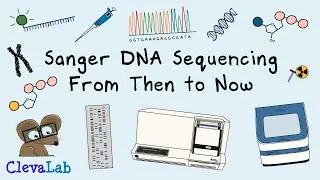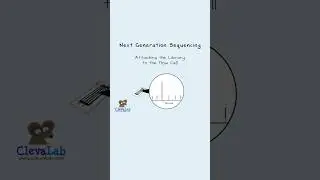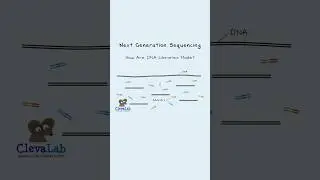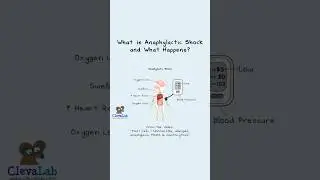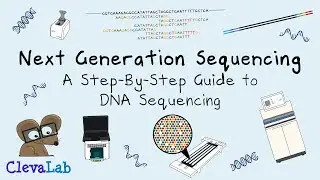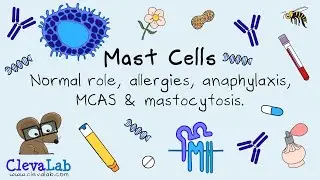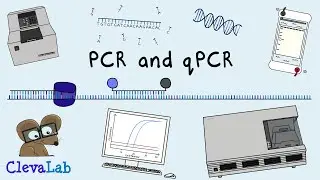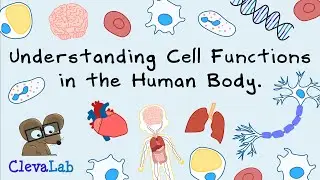How are DNA Libraries Made for NGS?
NGS libraries get made by cutting the DNA into short pieces of a specific size. This cutting gets done using high-frequency sound waves or enzymes. Then sequences of DNA called adapters get added to each end of a DNA fragment. These adapters contain the information needed for sequencing. They also include an index to identify the sample. Finally, any non-bound adapters get removed, and the library is complete. Depending on the application, there can be a PCR step to increase the library amount. A successful library will be of the correct size. It will also be of a high enough concentration for sequencing.
Watch the full video "Next Generation Sequencing - A Step-By-Step Guide to DNA Sequencing" here: 🔗 • Next Generation Sequencing - A Step-B...
SOCIAL MEDIA LINKS
Twitter: / _clevalab
Instagram: / _clevalab
Pinterest: https://www.pinterest.com.au/ClevaLab
Tiktok: / clevalab
Facebook: / clevalab
✉️ Sign up to the email list to be notified of new videos: https://www.clevalab.com/email-subscr...
#ngs #sequencing #shorts
